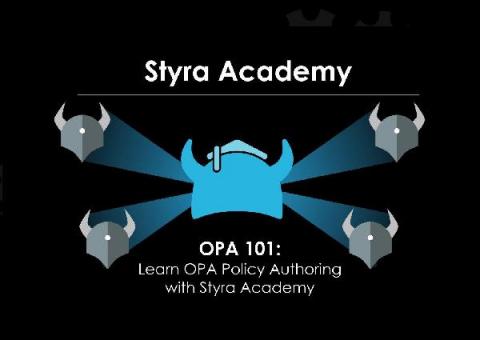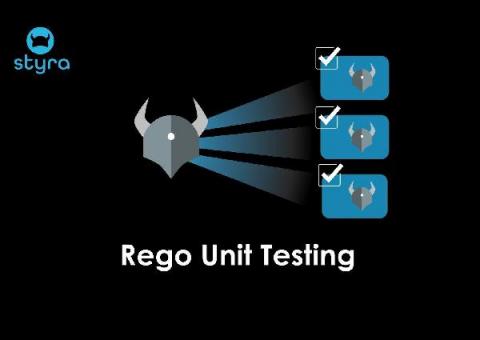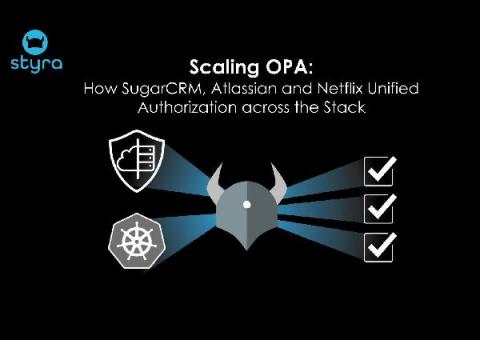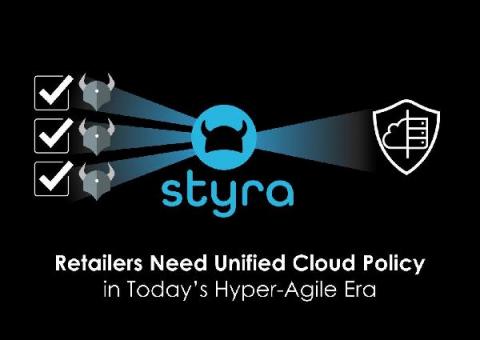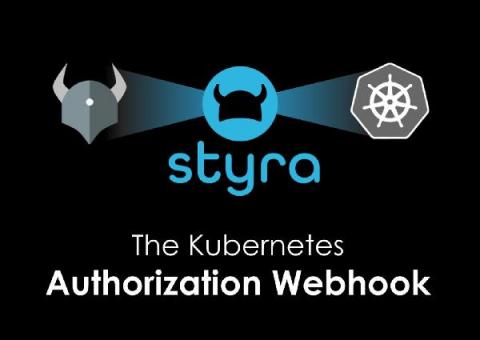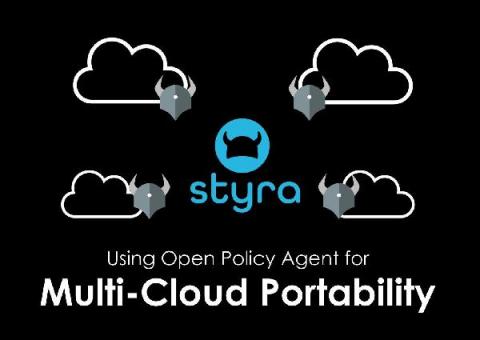OPA 101: Learn OPA Policy Authoring with Styra Academy
Whether you’re just starting to understand basic Rego language concepts or want to brush up on structuring policy-as-code rules, Styra Academy’s “OPA Policy Authoring” course lays out the fundamentals you need to know to get started. Before we dive in, let’s get a better understanding of Open Policy Agent (OPA) and some common use cases. OPA is an open source, general purpose policy engine for cloud native environments.


